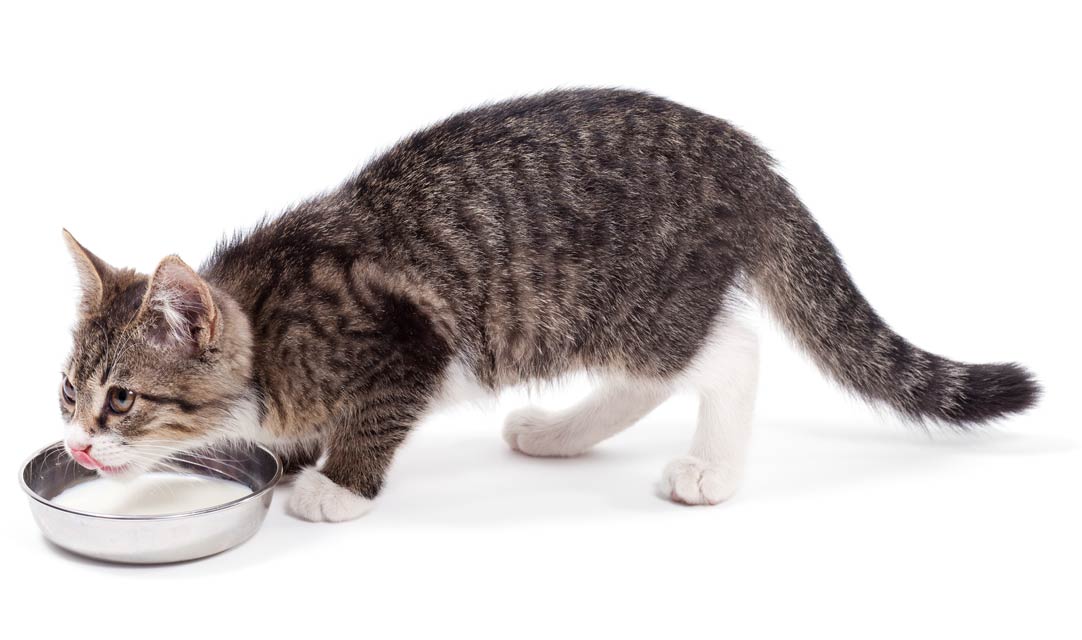Thirst Drive in Cats

Did you know that a cat's thirst drive is much lower than that of a human or a dog? It is! Now that you know, you may be wondering why we felt it was so important to tell you. The answer is that it can have a significant impact on your cat's health and, therefore, needs to be factored into your cat care decisions.
Why Do Cats Have a Low Thirst Drive?
Cats evolved as desert-dwelling carnivores. That means they didn't have access to a steady supply of safe, clean water. Instead, their systems became accustomed to getting some water from the bodies of the prey they caught and ate. Of course, they also drank extra when they came across a good source, but mainly, they relied on their food as a source of moisture.
How Does Low Thirst Drive Manifest in Today's House Cats?
Indoor cats that don't hunt for survival often get dry kibble to eat. That doesn't contain much moisture. But their systems aren't designed to trigger the kitty to drink until they are pretty dehydrated. So, a kibble-fed cat may be slightly dehydrated chronically. That leads to lots of issues.
For example, over time, the kidneys can get into serious trouble, eventually failing, because of not having enough water to do their job.
Additionally, cats can be picky about the water sources they do drink from. Again, this is mainly due to their evolution. Innately, cats know it's not as safe to drink from still, stagnant water sources as from fresh, running ones.
And cats are exquisitely reliant on their sense of smell to tell them if a food or water source is "off." So, if they don't like the odor of their water, either because of the container it's in (plastic water bowls are notorious for this) or because of something in it (some tap water contains objectionable smells for cats), they won't drink it.
Wild cats also don't usually eat and drink in the same spots. In fact, they'll often drag their meal away from a stream or puddle. That's because their ancient ancestors knew that the prey could contaminate the water source.
Plan for Your Cat's Low Thirst Drive
So, now that you know about your cat's low thirst drive and other water source preferences, what can you do about it in your daily cat care routine to minimize the chances of your cat being chronically dehydrated? Here are some ideas:
- Separate your cat's food and water stations.
- Provide a water fountain instead of a bowl.
- Add moisture to your cat's food in the form of water or low sodium broth (if your vet OKs it).
- Switch to canned or semi-moist food instead of dry (again, check with your vet).
You May Also Like These Articles:
Dehydration in Cats: How Can You Tell If a Cat Is Dehydrated?
Should You Get Your Cat a Water Fountain?
Should Cats Get Tap or Filtered Water?
Giving Your Cat Clean and Fresh Water
Protecting Your Nighttime Water Glass from Your Cat
Notice: Ask-a-Vet is an affiliated service for those who wish to speak with a veterinary professional about their pet's specific condition. Initially, a bot will ask questions to determine the general nature of your concern. Then, you will be transferred to a human. There is a charge for the service if you choose to connect to a veterinarian. Ask-a-Vet is not manned by the staff or owners of CatHealth.com, and the advice given should not delay or replace a visit to your veterinarian.




